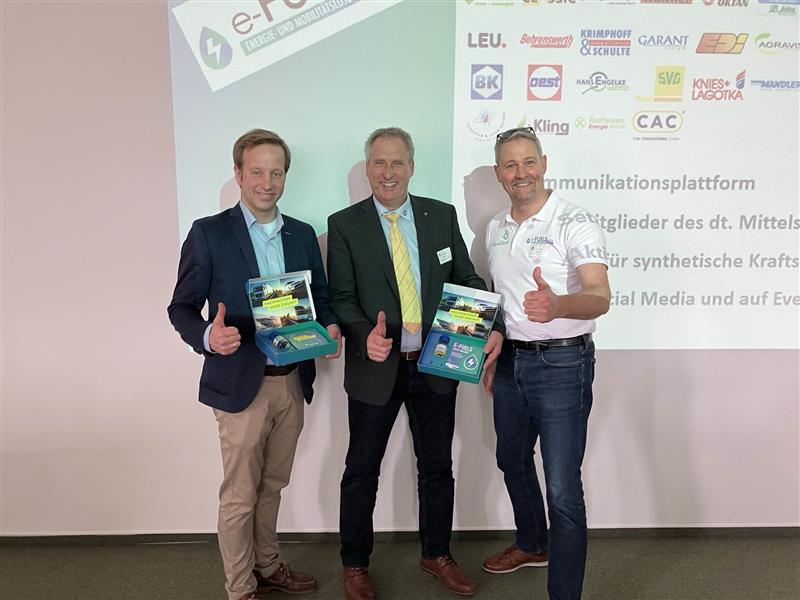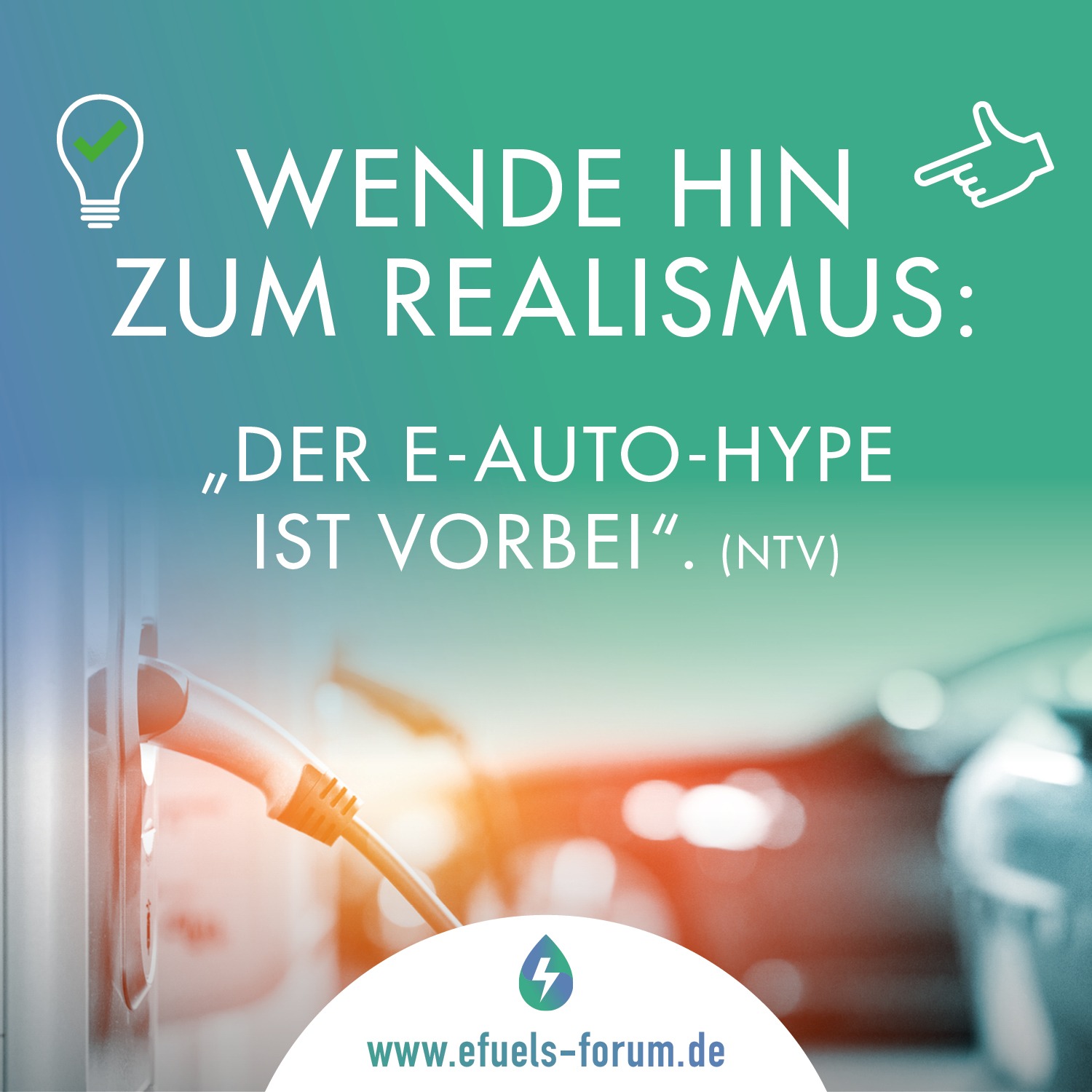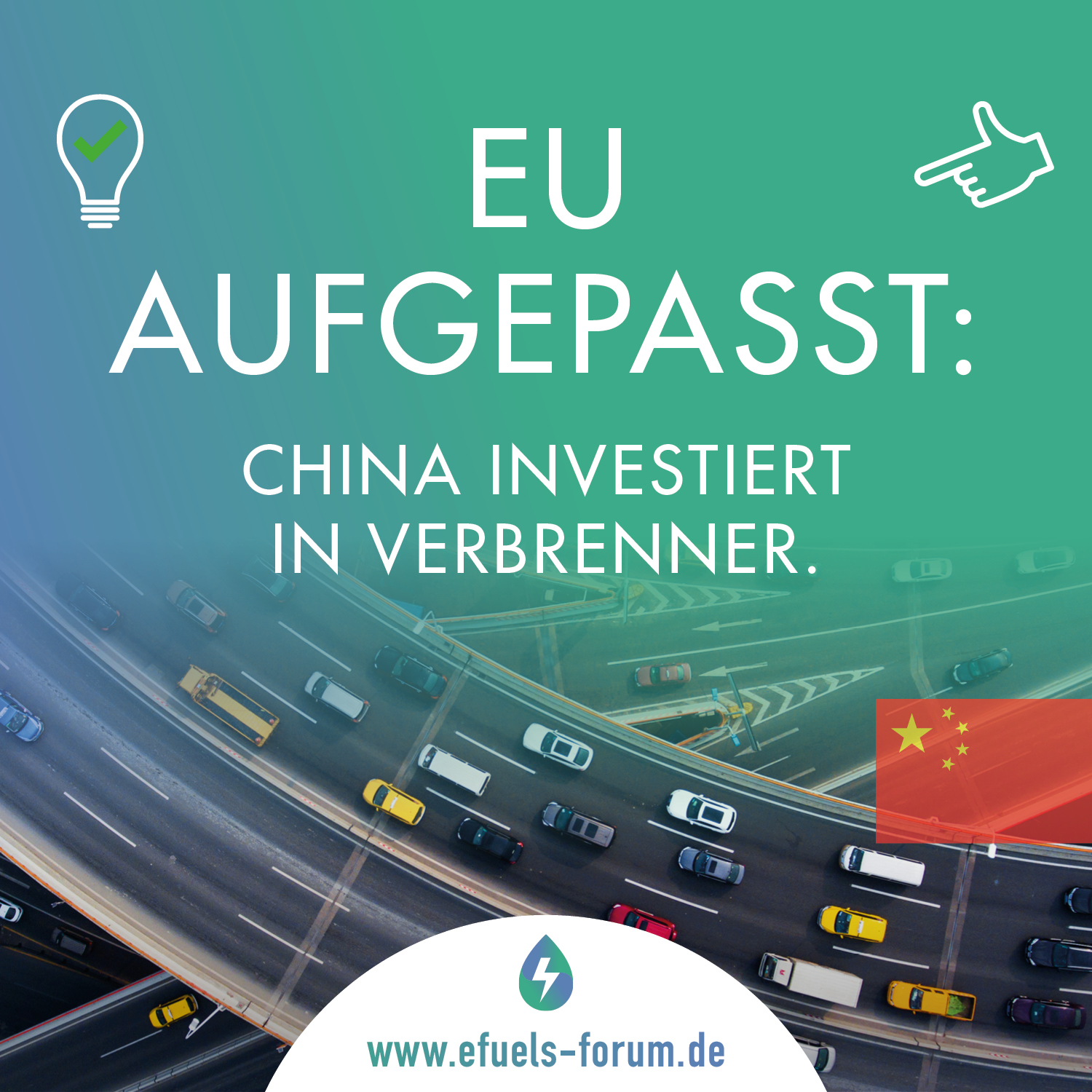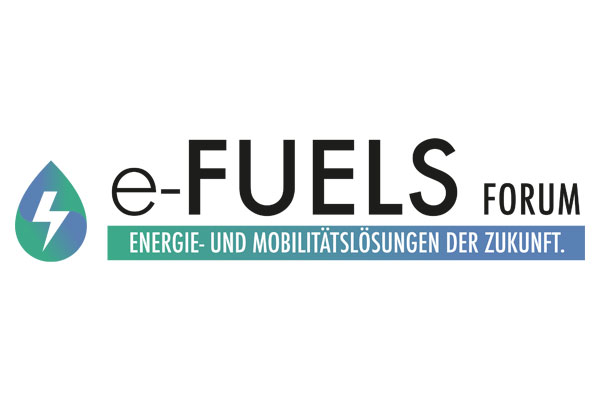Yes, what now? On the one hand, hardly any boss from the old car world is singing the praises of the electric drive louder than Oliver Blume at the moment. On the other hand, no one is as committed to combustion fuels as the Porsche boss.
It is not without reason that his company is involved on a large scale in the development and production of so-called e-fuels, which can be used in conventional gasoline engines. What sounds like a contradiction at first glance could prove to be a smart strategy-for Porsche and for the climate.
E-fuels are produced with the help of electricity from renewable sources, water and CO2 from the air and therefore do not release any additional CO2, unlike conventional fuels. But they are climate-neutral in the total balance, communicates the industry association of the E-Fuel Alliance in Berlin. It represents around 130 companies ranging from petroleum to automotive manufacturers. And unlike hydrogen for fuel cells, for example, these fuels can be distributed comparatively quickly, easily and cost-effectively via the existing network of filling stations.
Unfortunately there is a catch
Admittedly, these fuels do not burn residue-free either. But with them, millions of existing vehicles could be freed from the stigma of climate killers virtually overnight simply by changing fuel. “If you want to operate the existing fleet sustainably in the long term, e-fuels are an elementary component,” says Porsche’s head of development Michael Steiner. At the same time, such fuels would continue to offer manufacturers like Porsche the opportunity to offer emotionally charged sports cars with combustion engines. This applies, for example, to the 911, which Porsche explicitly excludes from its electrification plans with a share of at least 50 percent by 2025.
So far, these e-fuels exist only in theory or in small, barely affordable quantities from research and pilot plants. That’s why the Swabians have invested in a cooperation with Siemens and recently launched the first large-scale commercial plant for the production of these e-fuels in Chile. With wind energy, it is expected to produce 130,000 liters of fuel annually starting as early as next year and more than 500 million liters by 2026
What role e-fuels could play
“The goal of all efforts should be to achieve climate-neutral mobility, and to do so as quickly as possible and without too much negative economic impact,” says engine professor Stefan Pischinger of RWTH Aachen University. He is convinced that this will only be achievable through the simultaneous use of all possible technologies: “Without e-fuels, we will not be able to be climate-neutral by 2045, nor will we be able to achieve the interim targets,” he is convinced.
He attributes this to the huge inventory of internal combustion vehicles. “Even if the 10 million electric vehicles optimistically forecast for 2030 were registered in Germany, that would be just 22 percent of the vehicles on the road.” The internal combustion engine still offers great development potential, especially in combination with e-fuels, and could thus make a major contribution to reducing CO2 emissions.
Experts discuss the topic controversially
Automotive economist Ferdinand Dudenhöffer takes a fundamentally different view: “E-fuels are a very expensive proposition: unthinkable for passenger cars, and highly likely to be displaced for trucks by fuel cells and battery-electric drives,” says the professor from the Center Automotive Research in Duisburg. He does concede that these new types of fuel have a chance of being used in aircraft and ships. But in the case of cars, he sees them more as an evasive maneuver by which petroleum producers, suppliers and vehicle manufacturers want to gain more time for conventional drives.
In addition to the high price, he justifies his pessimism with energy efficiency: If diesel is produced from solar power via several energy-intensive transformations and this is then burned with an efficiency of 40 percent, the overall efficiency is 15 percent. “That means 85 percent of the energy is lost. It doesn’t really get any worse than that.”
Do fuels compensate for infrastructure problems?
Andreas Radics of strategy consultant Berylls in Munich takes a position in between: “E-fuels could have been an answer to the question of how regions with virtually non-existent e-infrastructure will be served in the future as more and more manufacturers exit traditional combustion engine technology.” But at the same time, he laments that these technologies have found too few supporters in recent years and that the die has probably long since been cast, at least for passenger cars. “Synthetic fuels therefore have the potential to delay the demise of the internal combustion engine, but they won’t stop it.”






